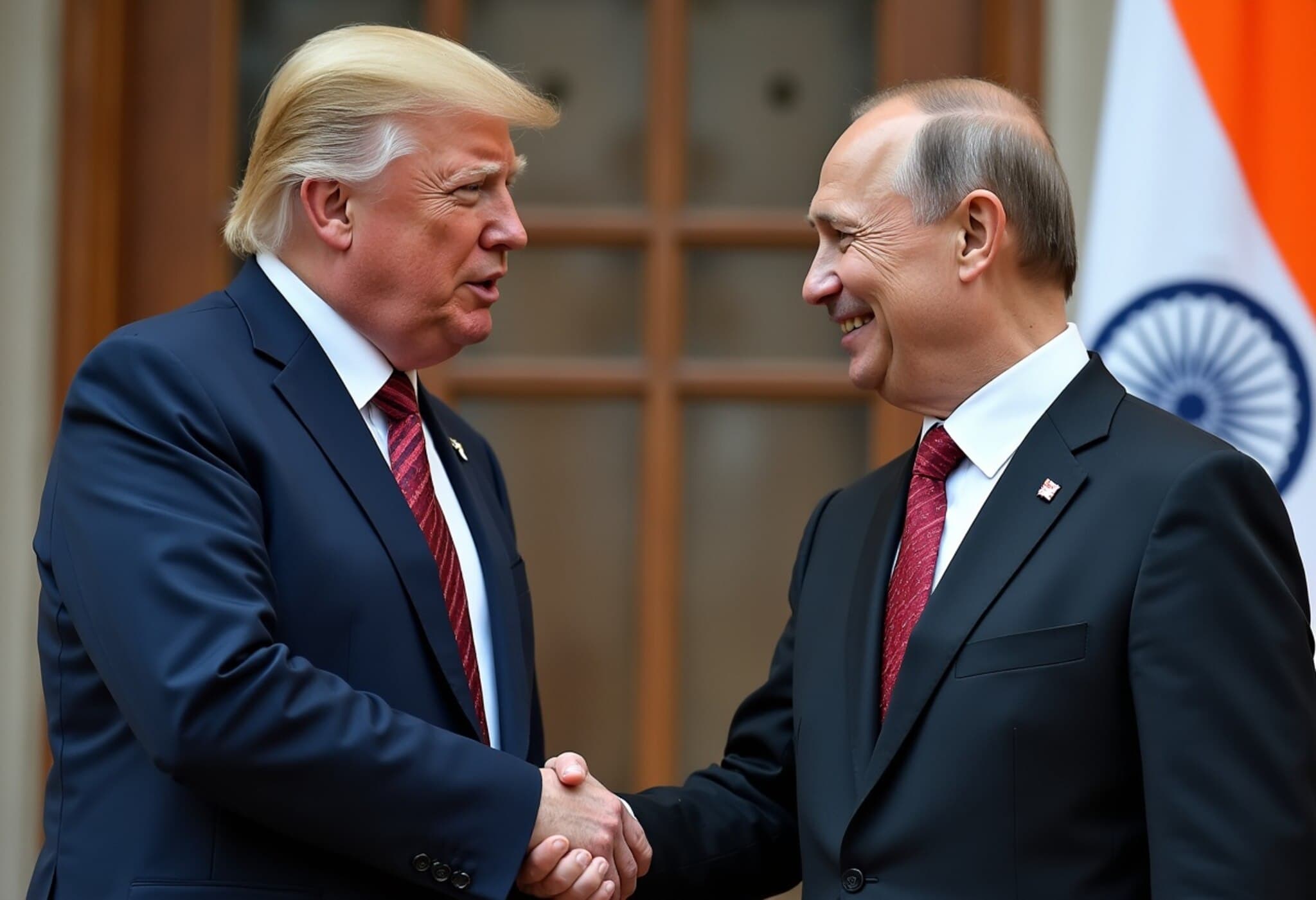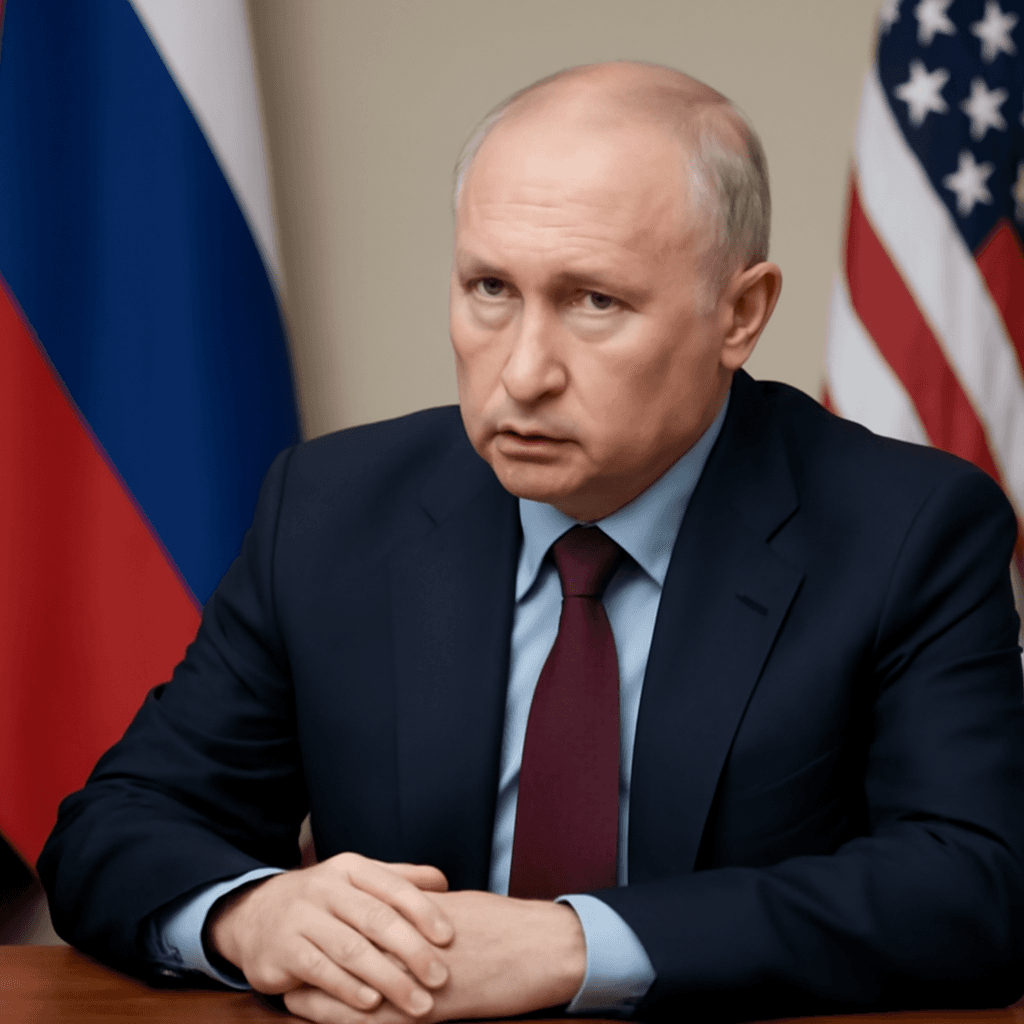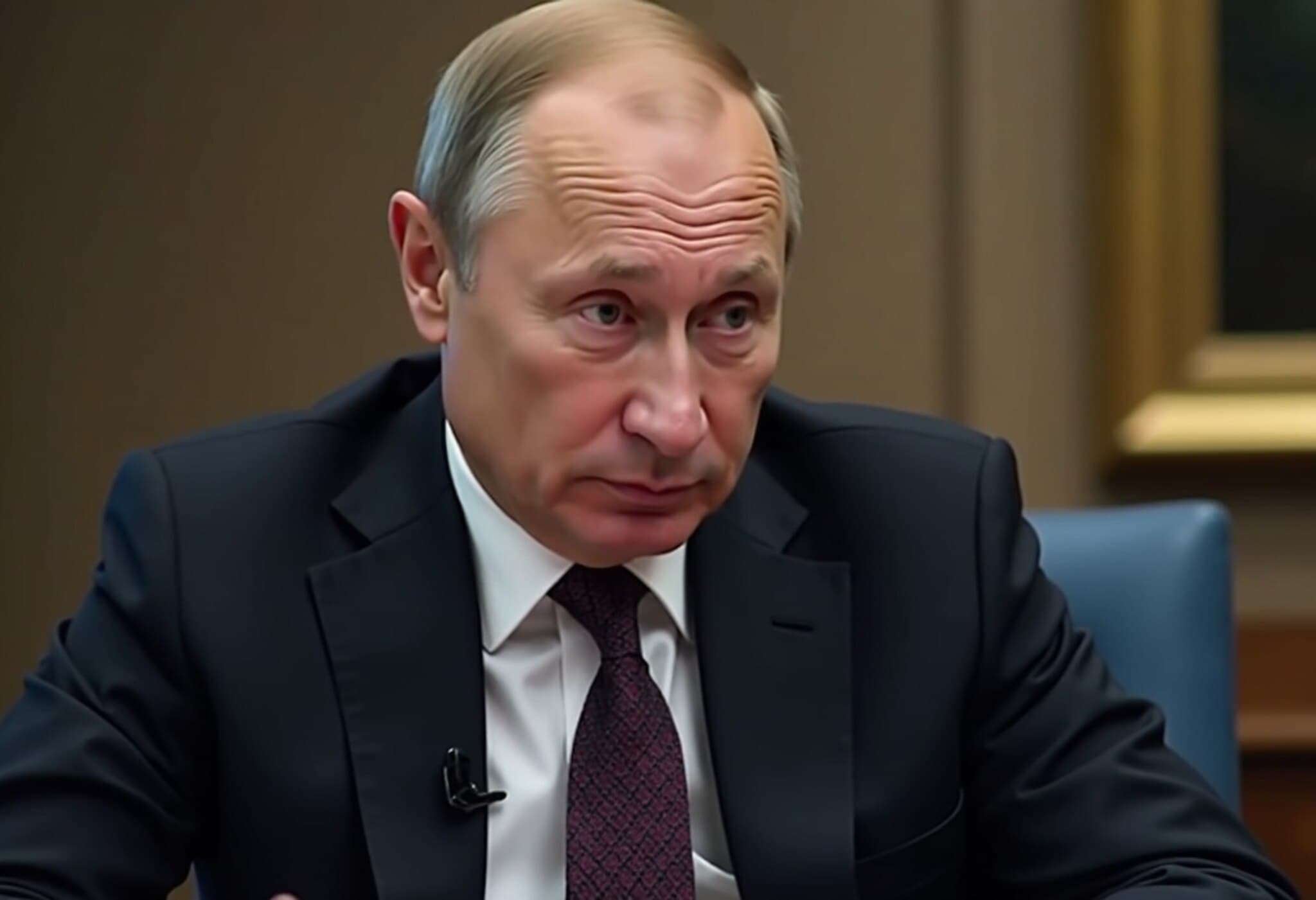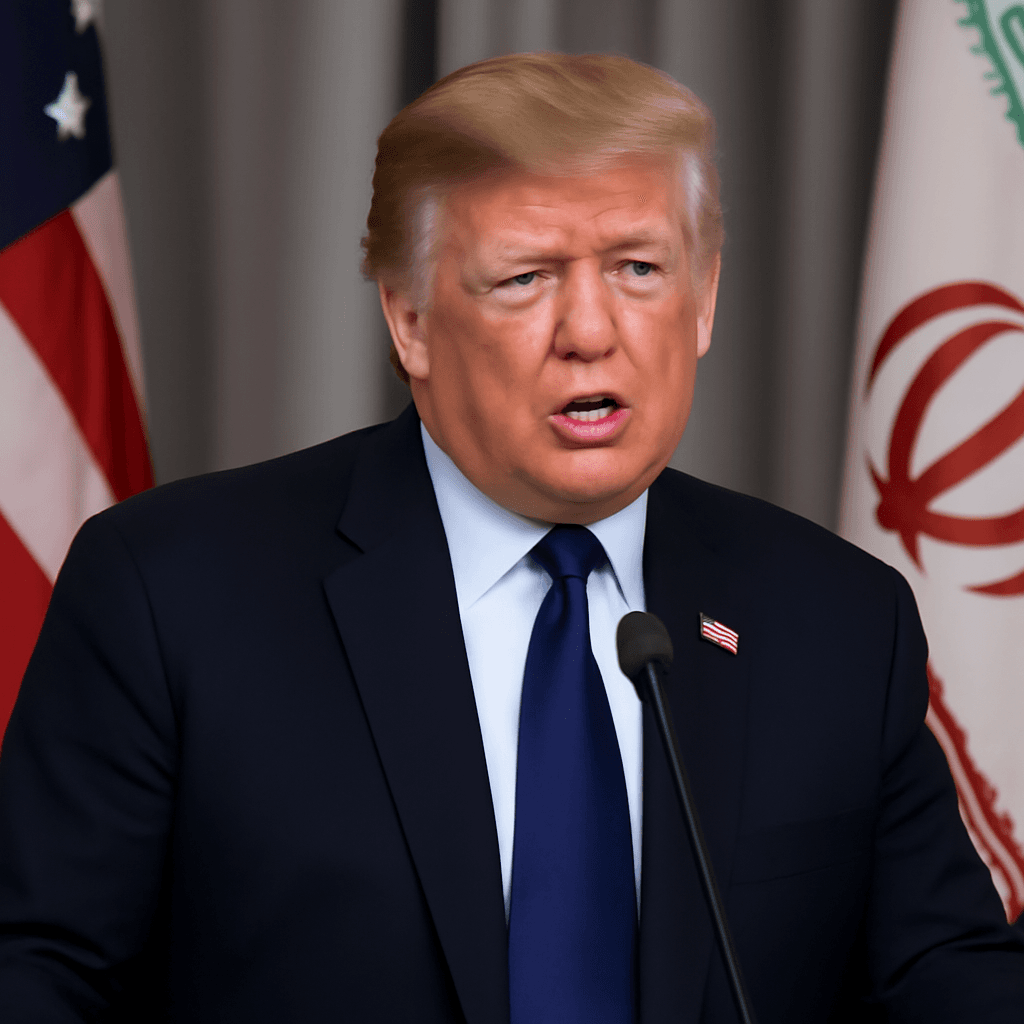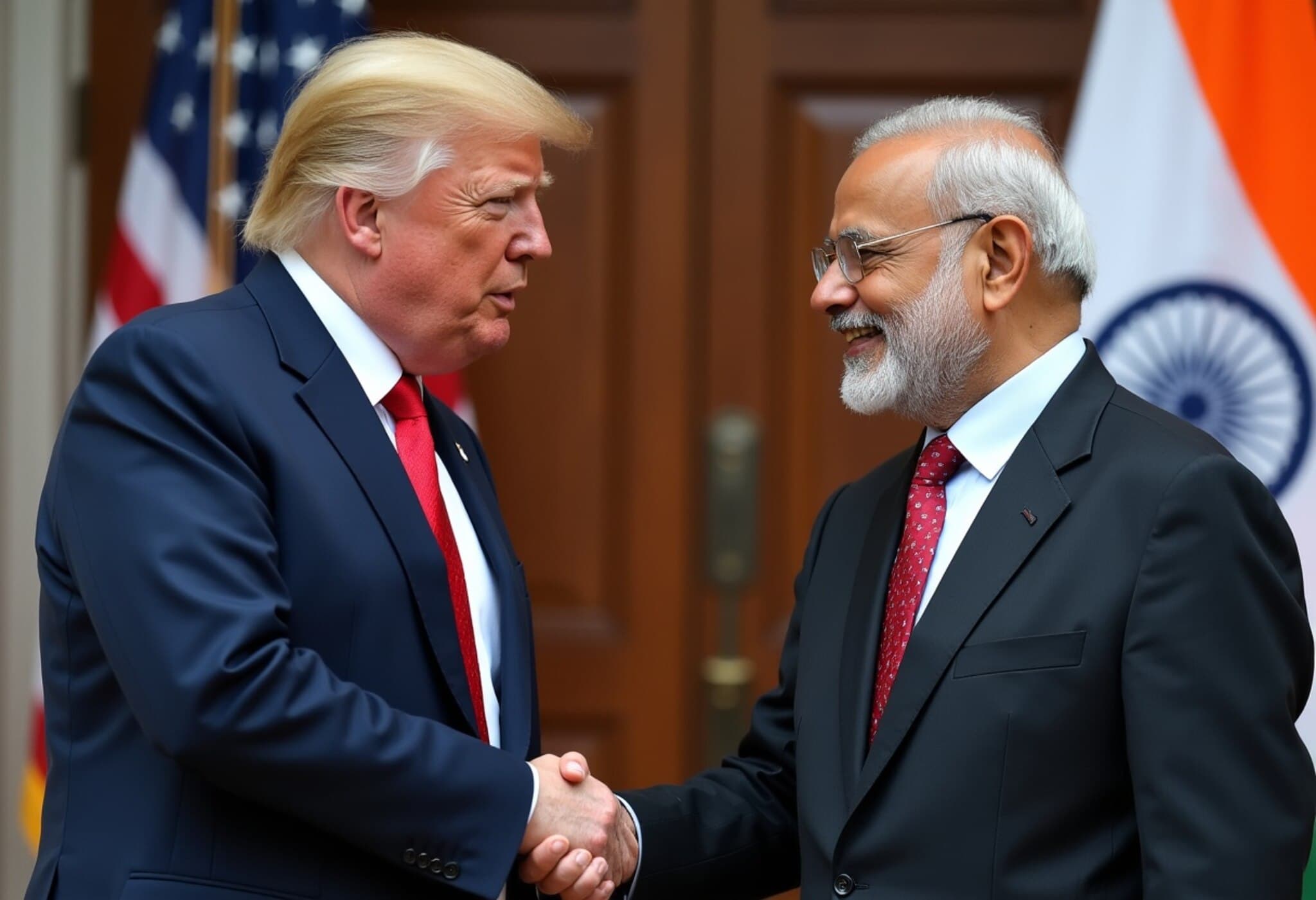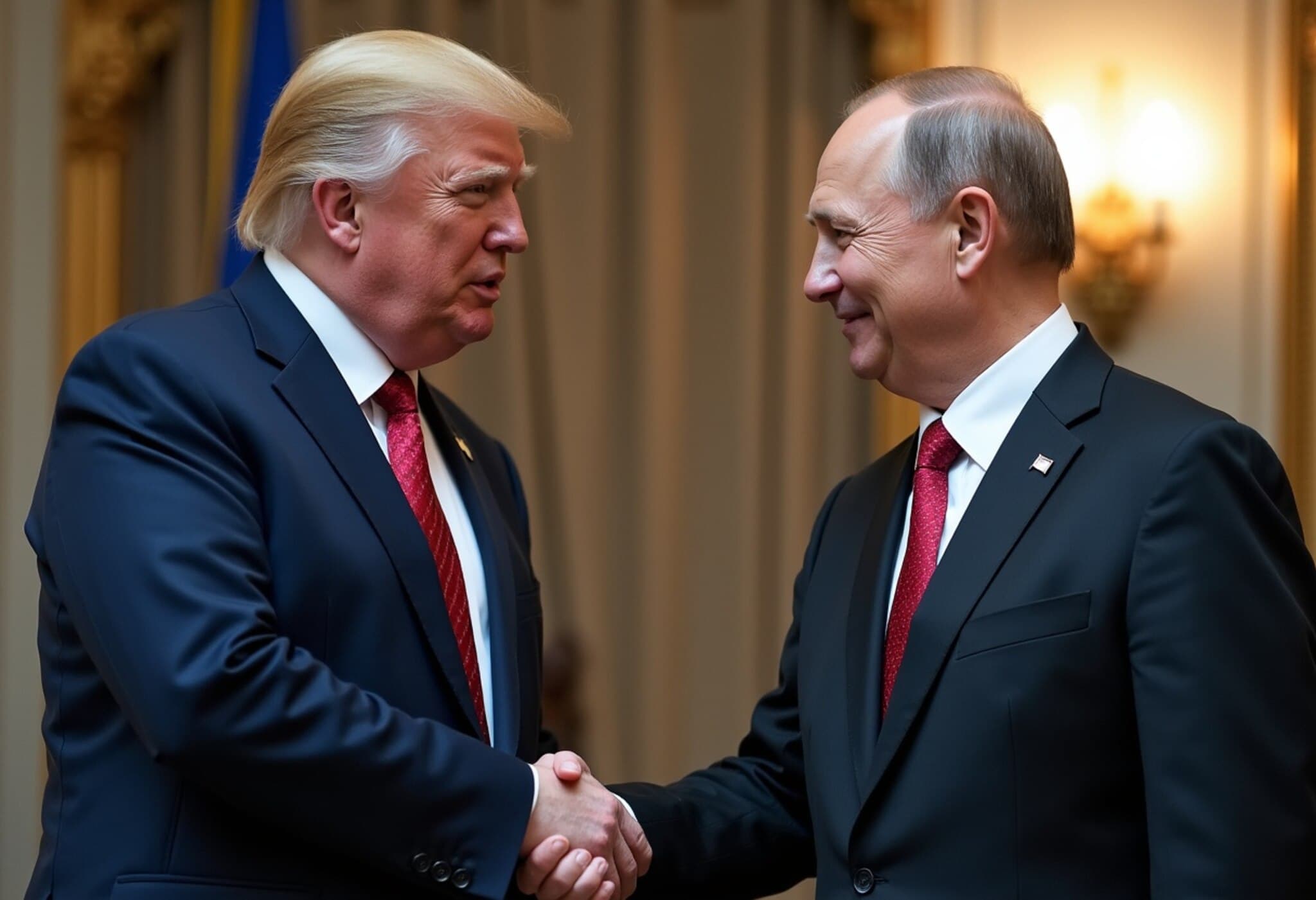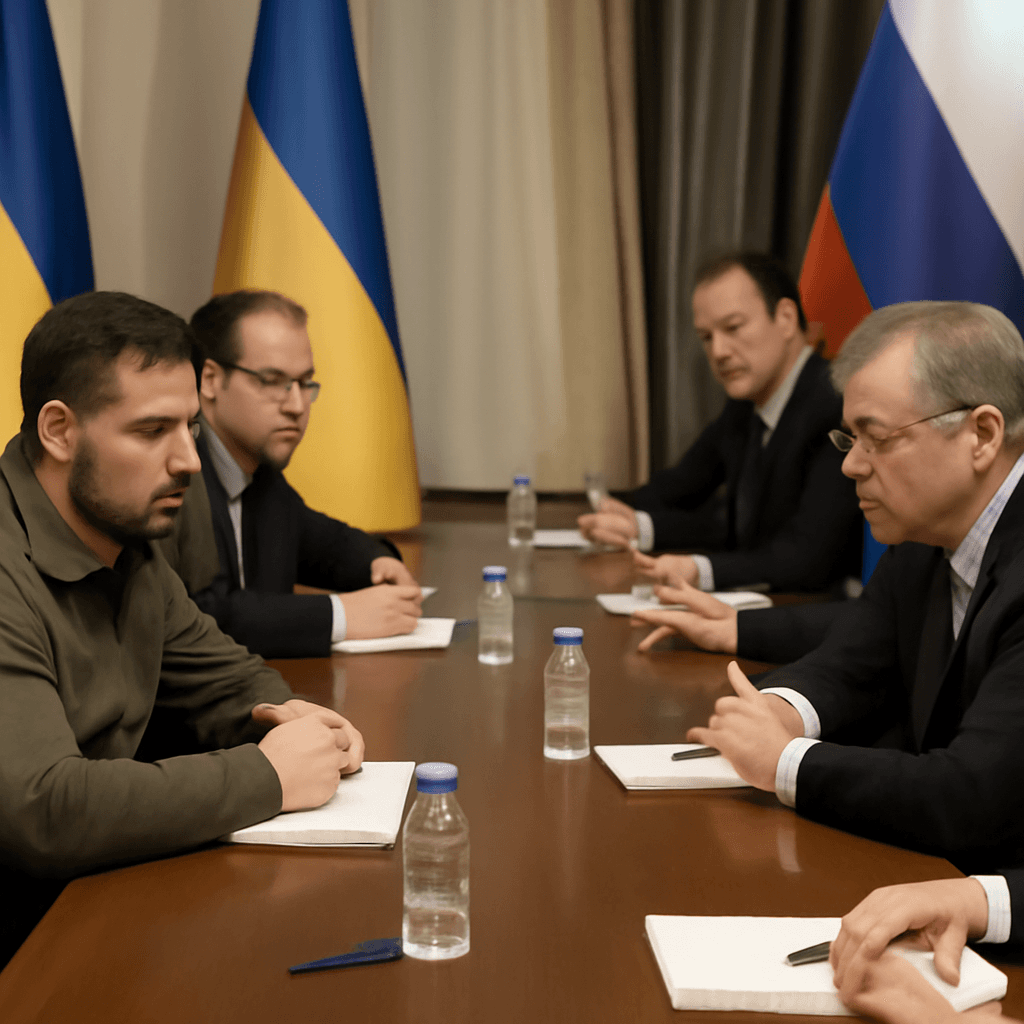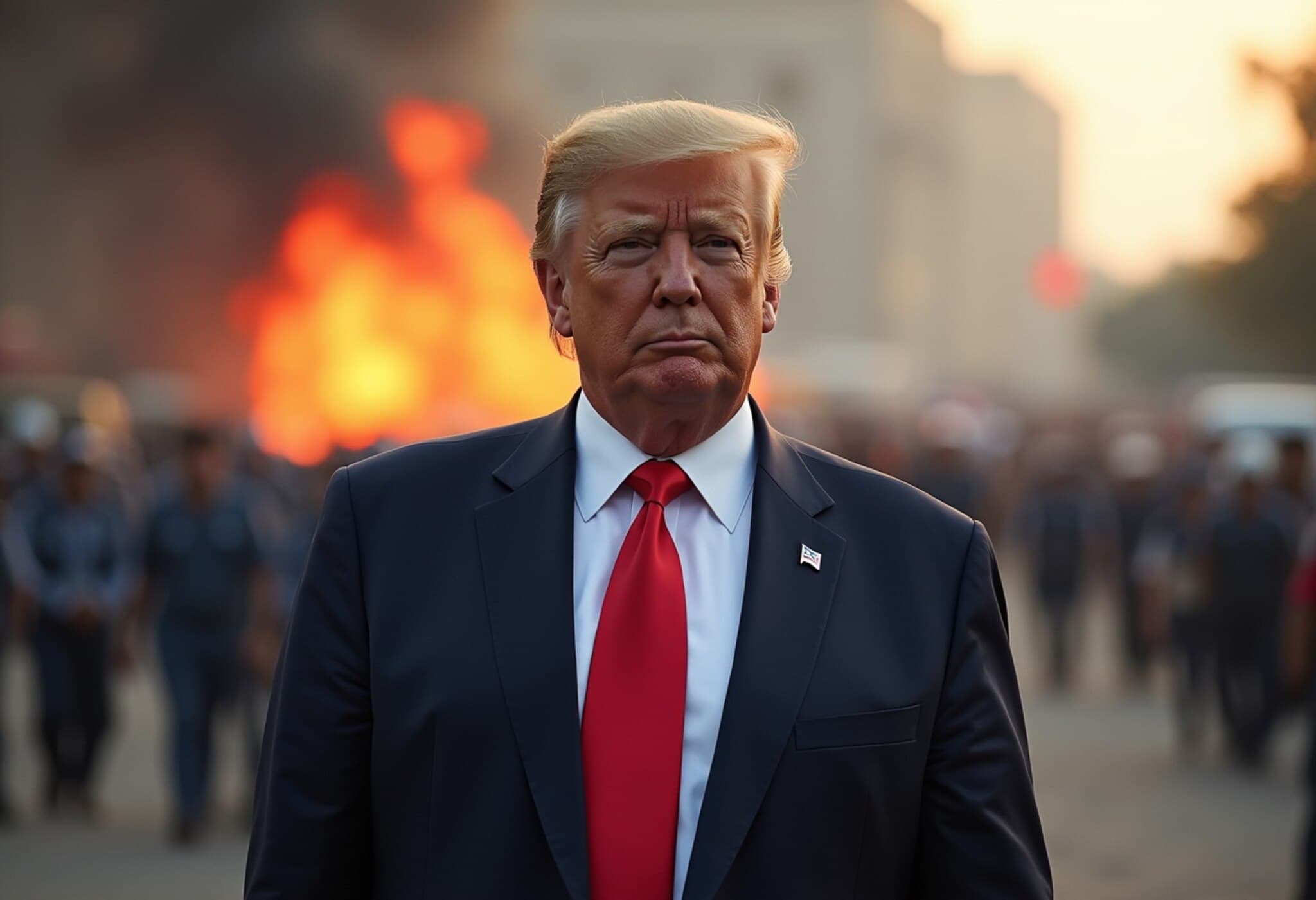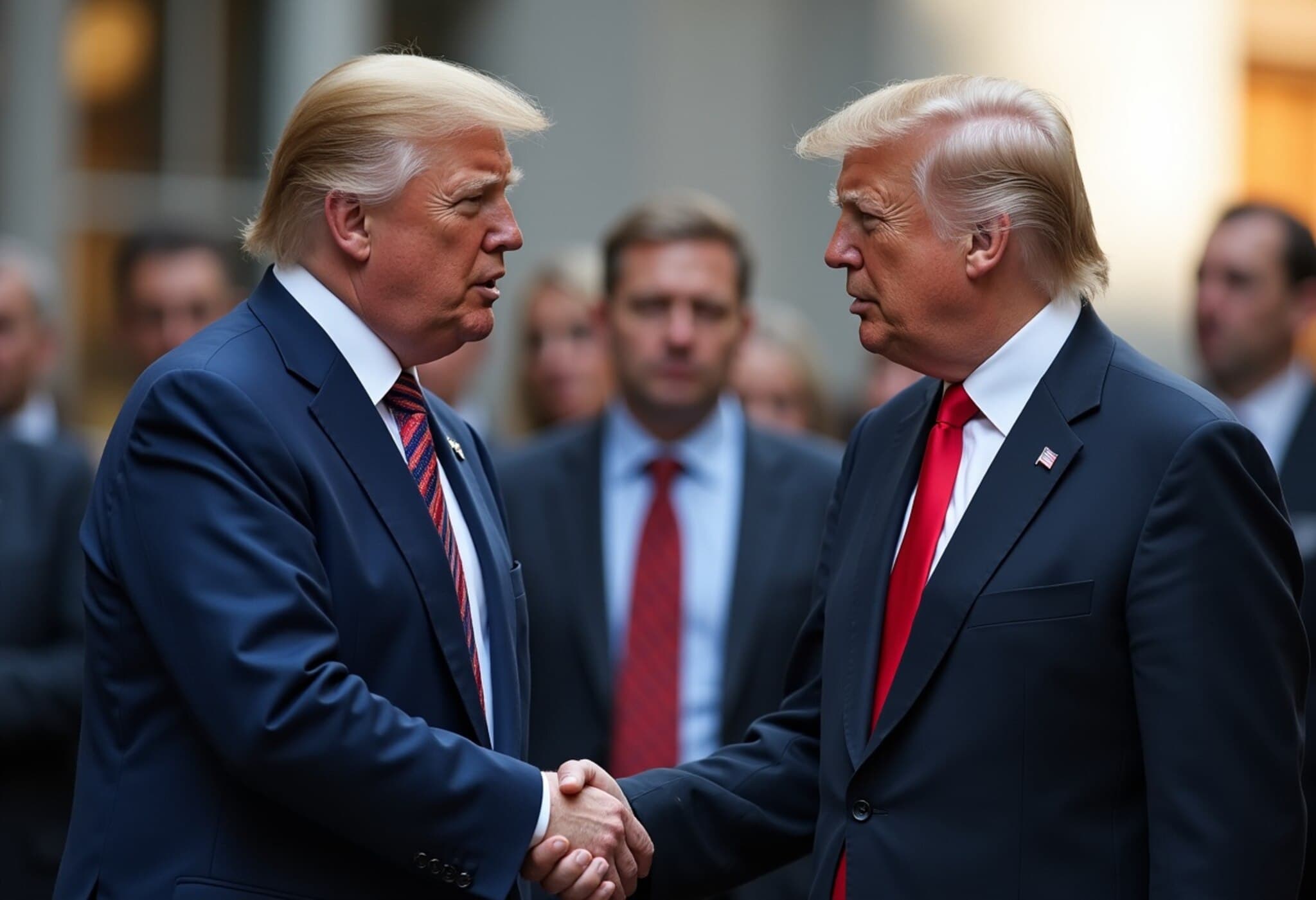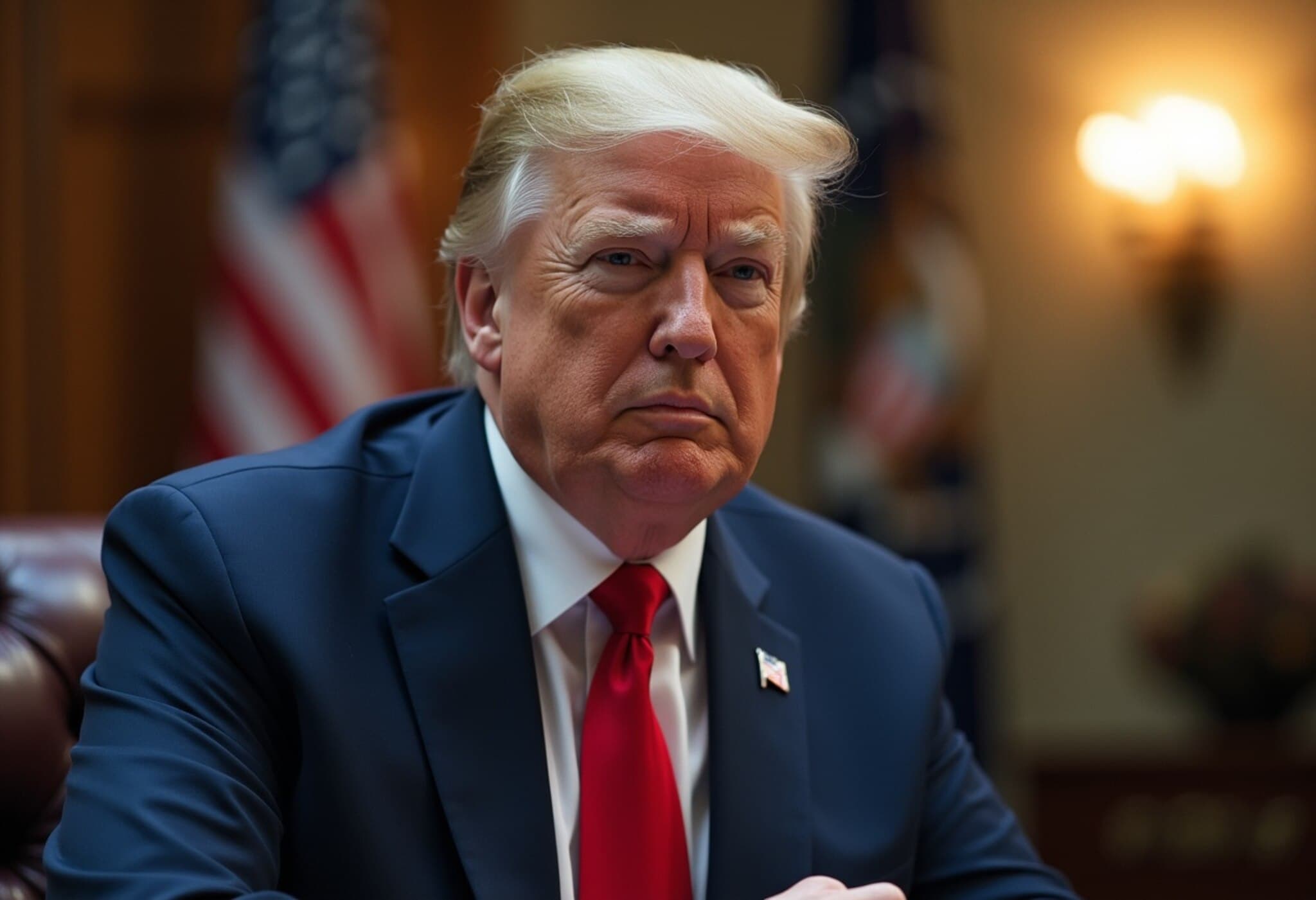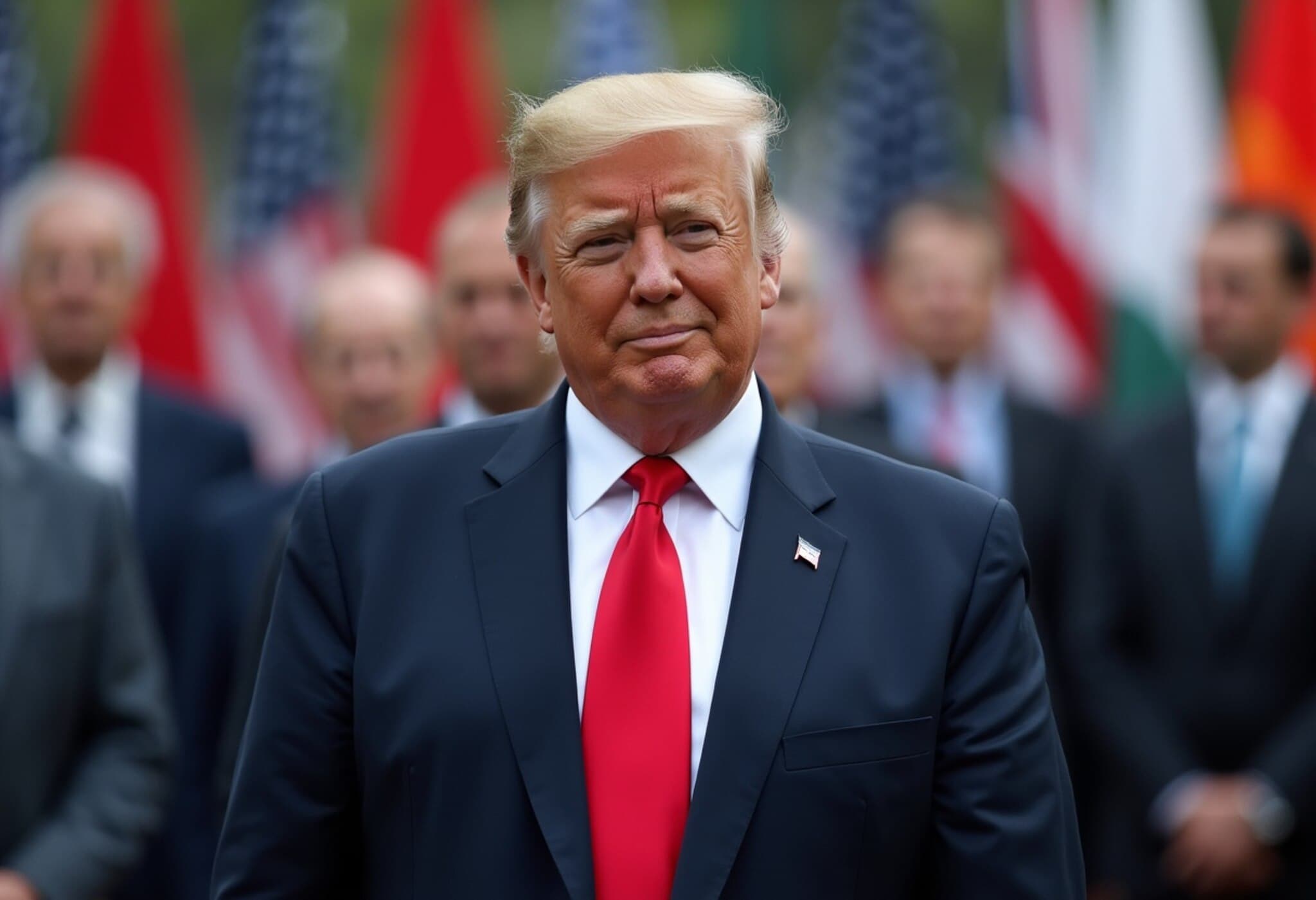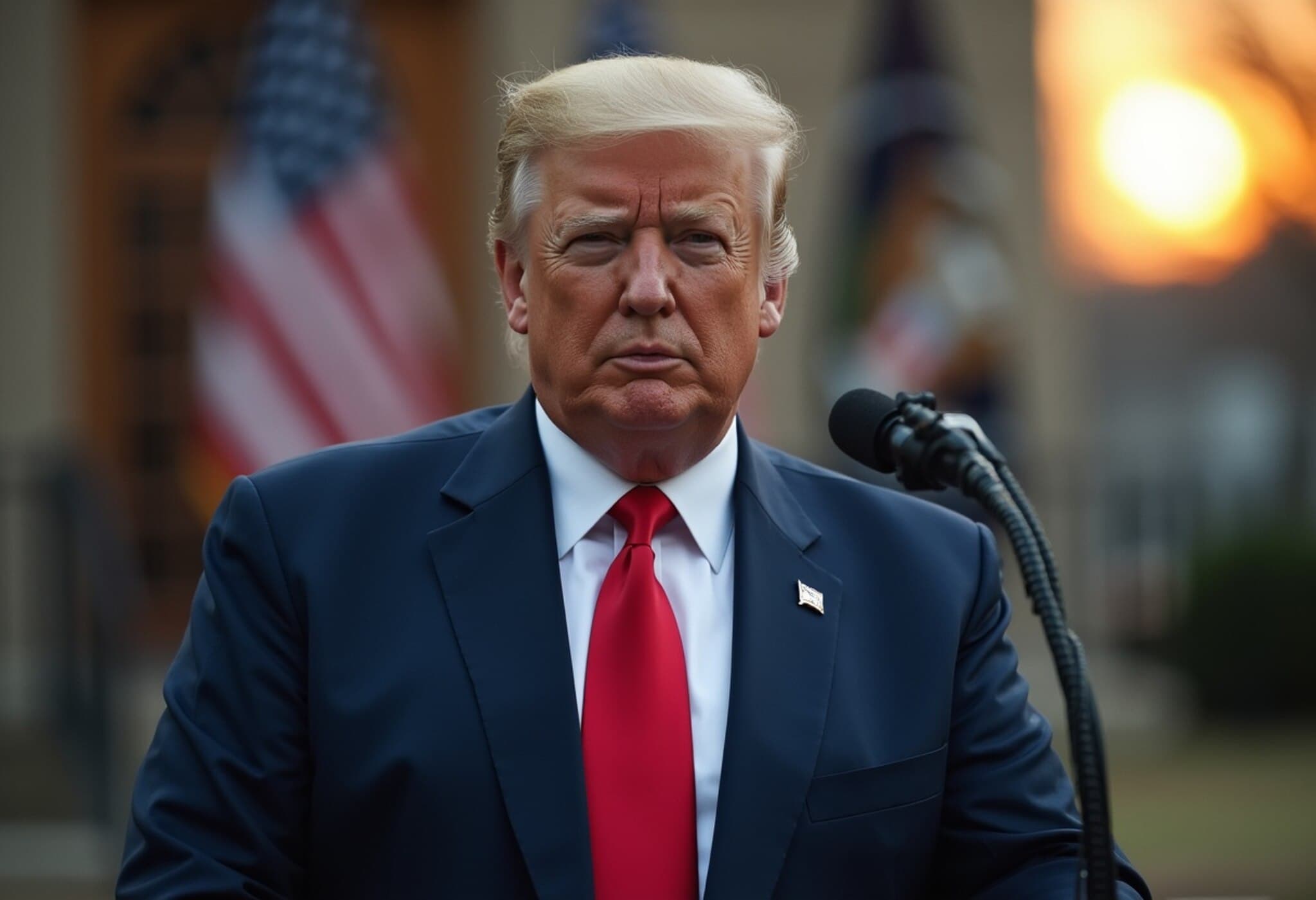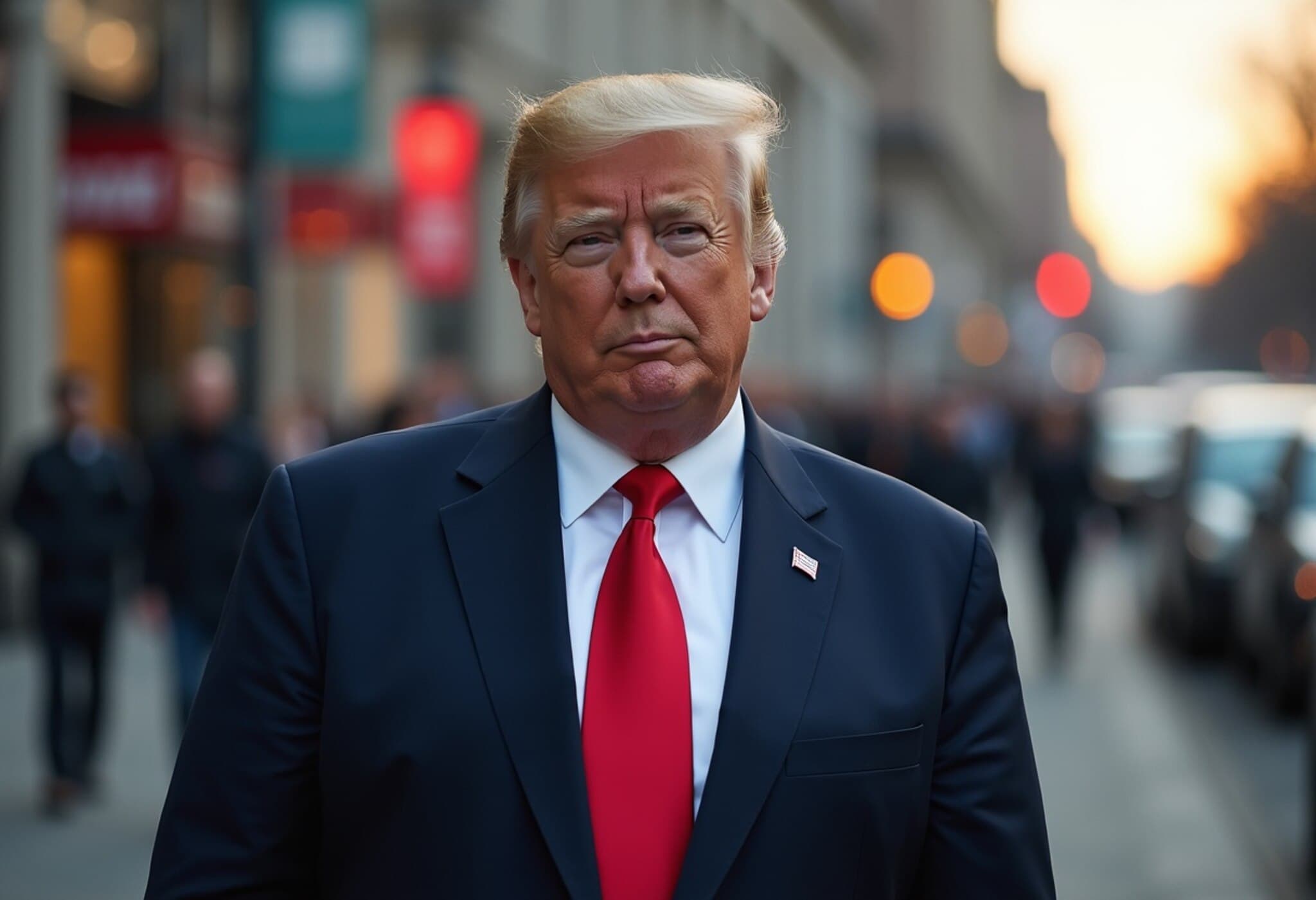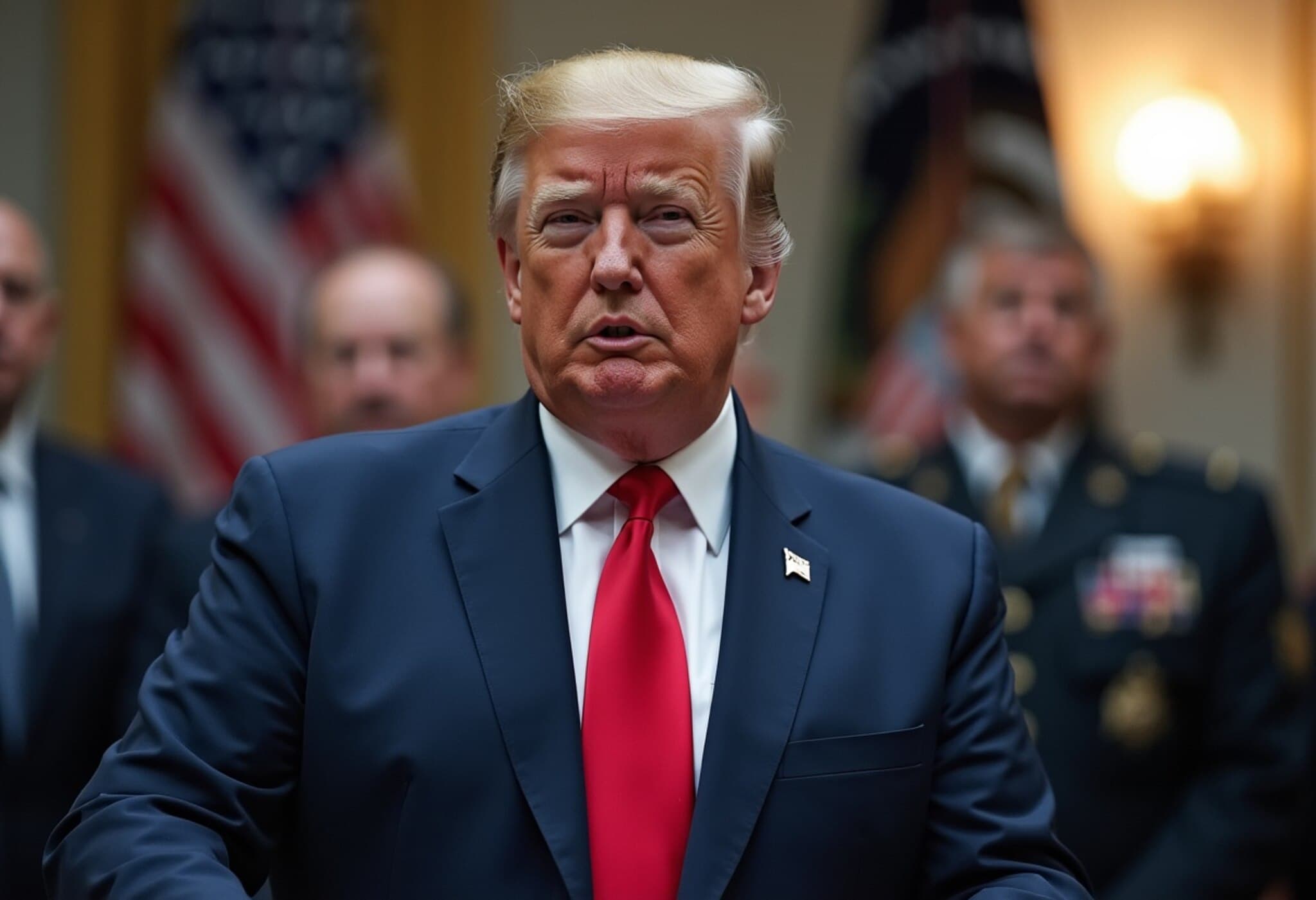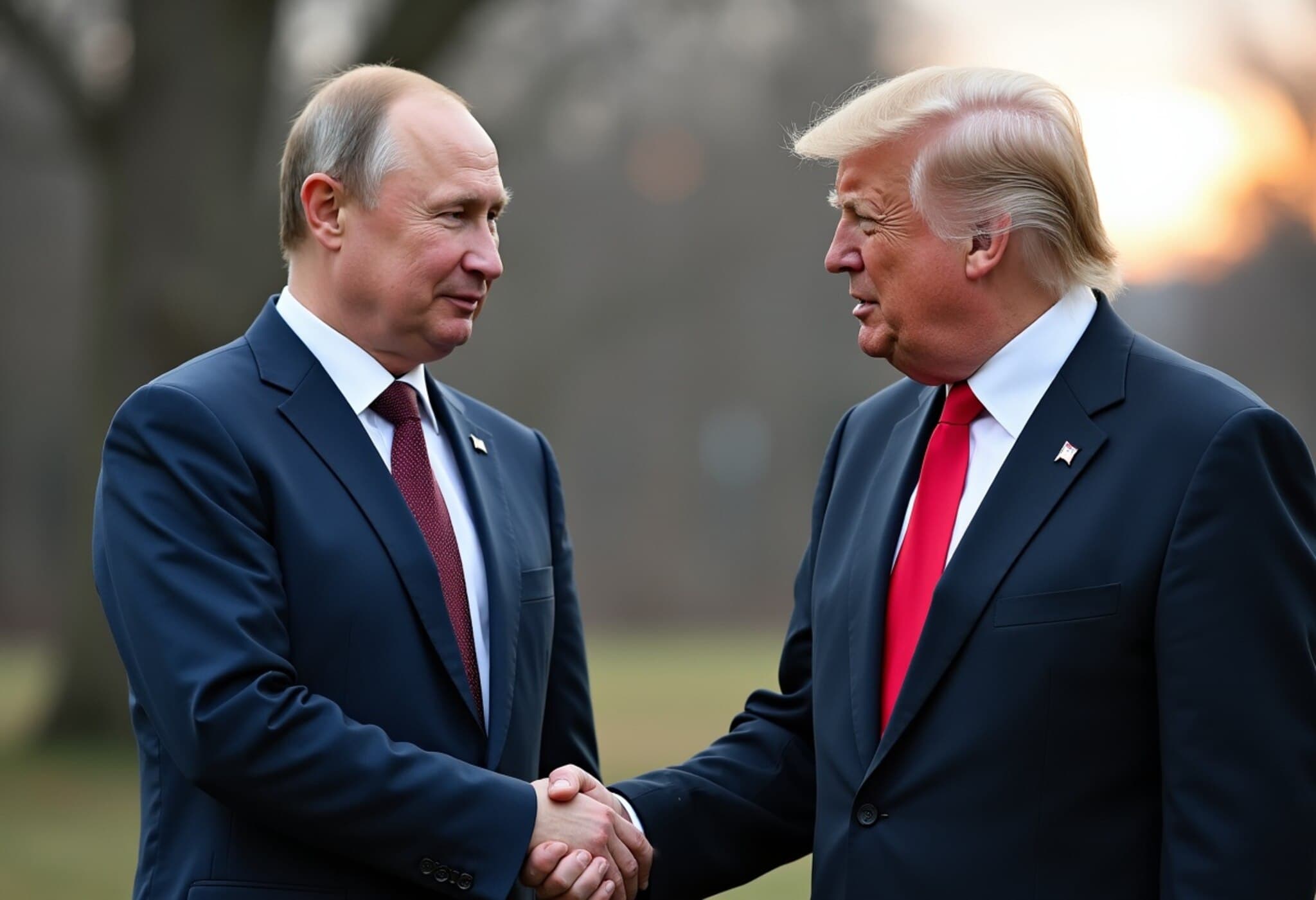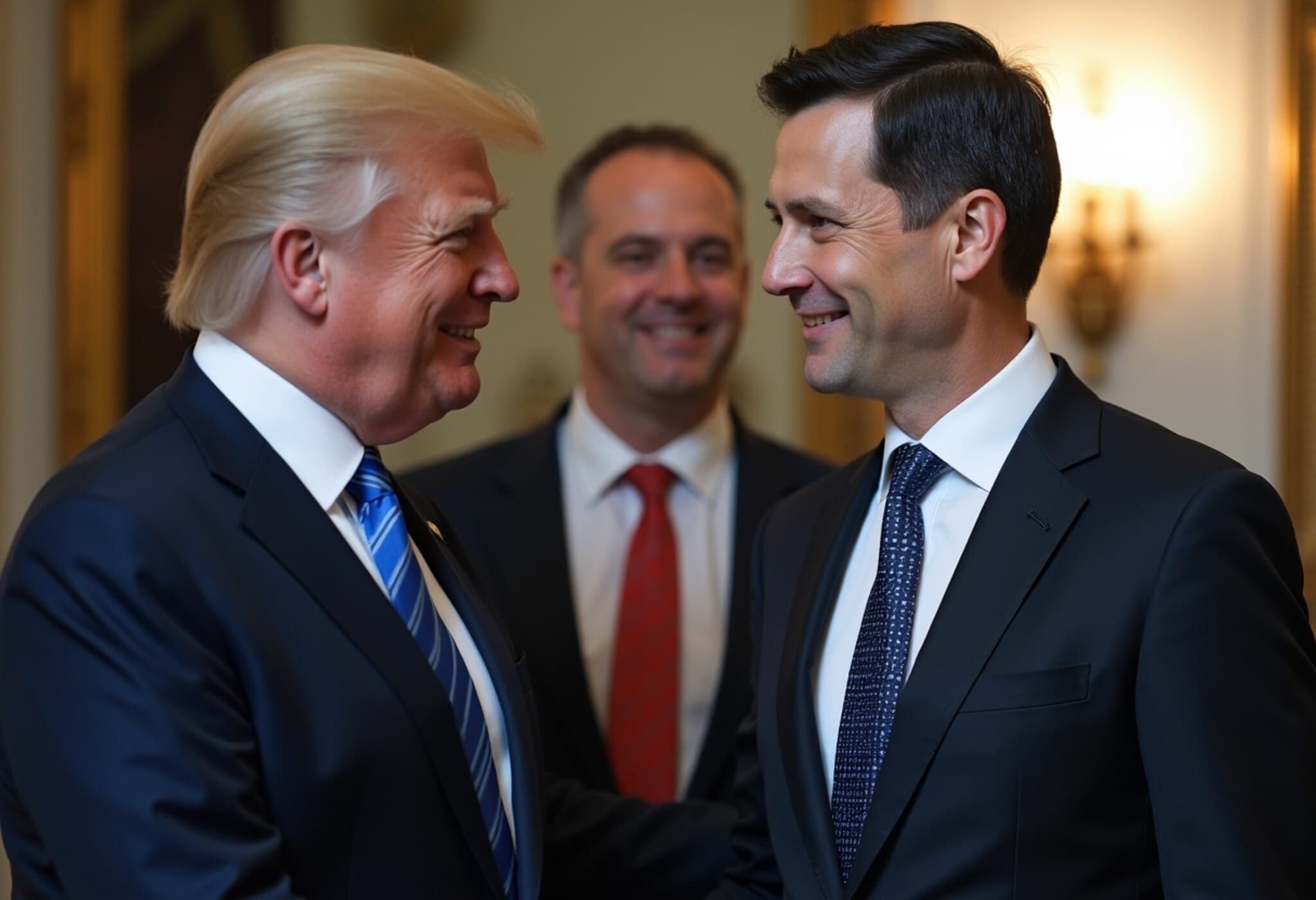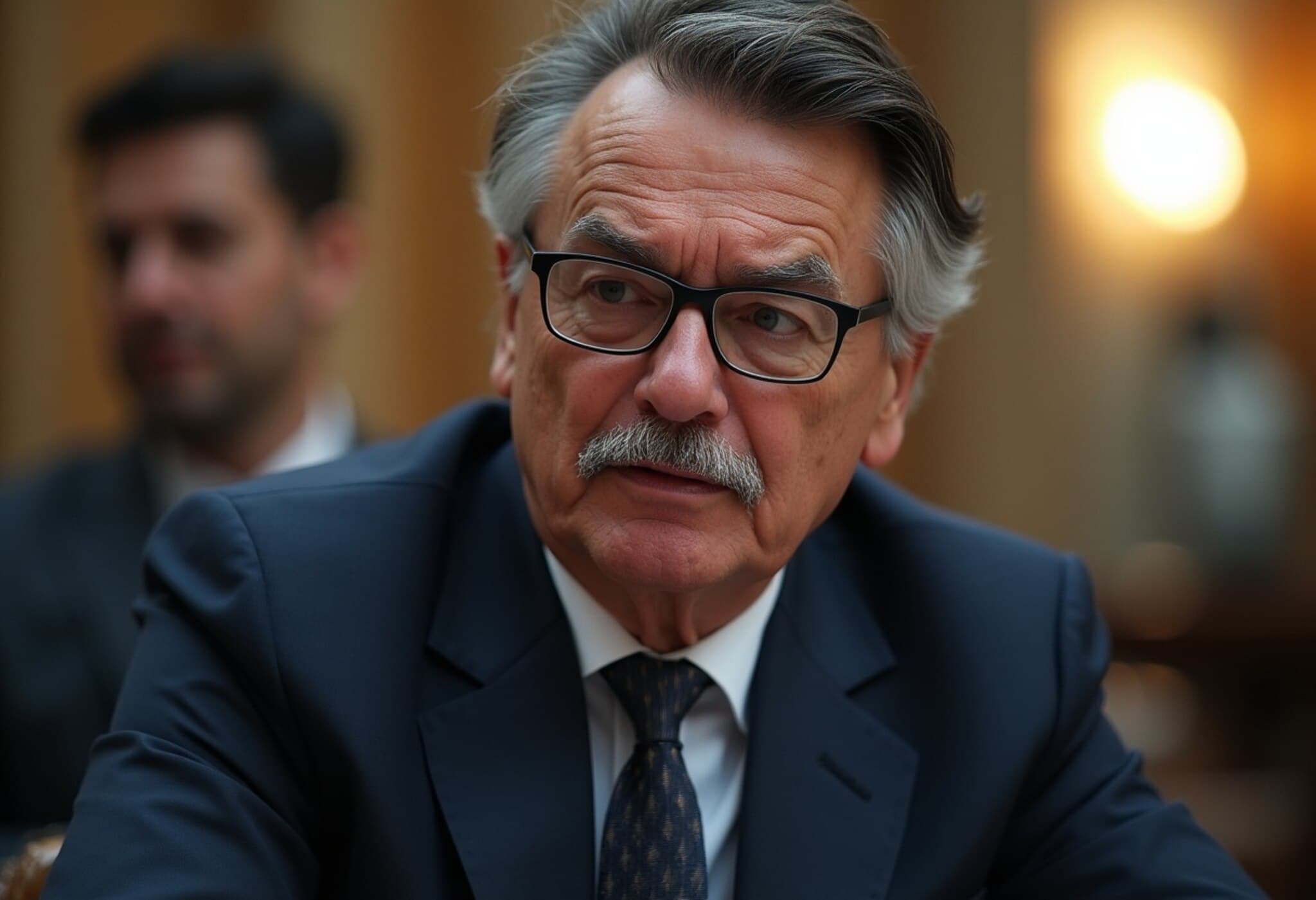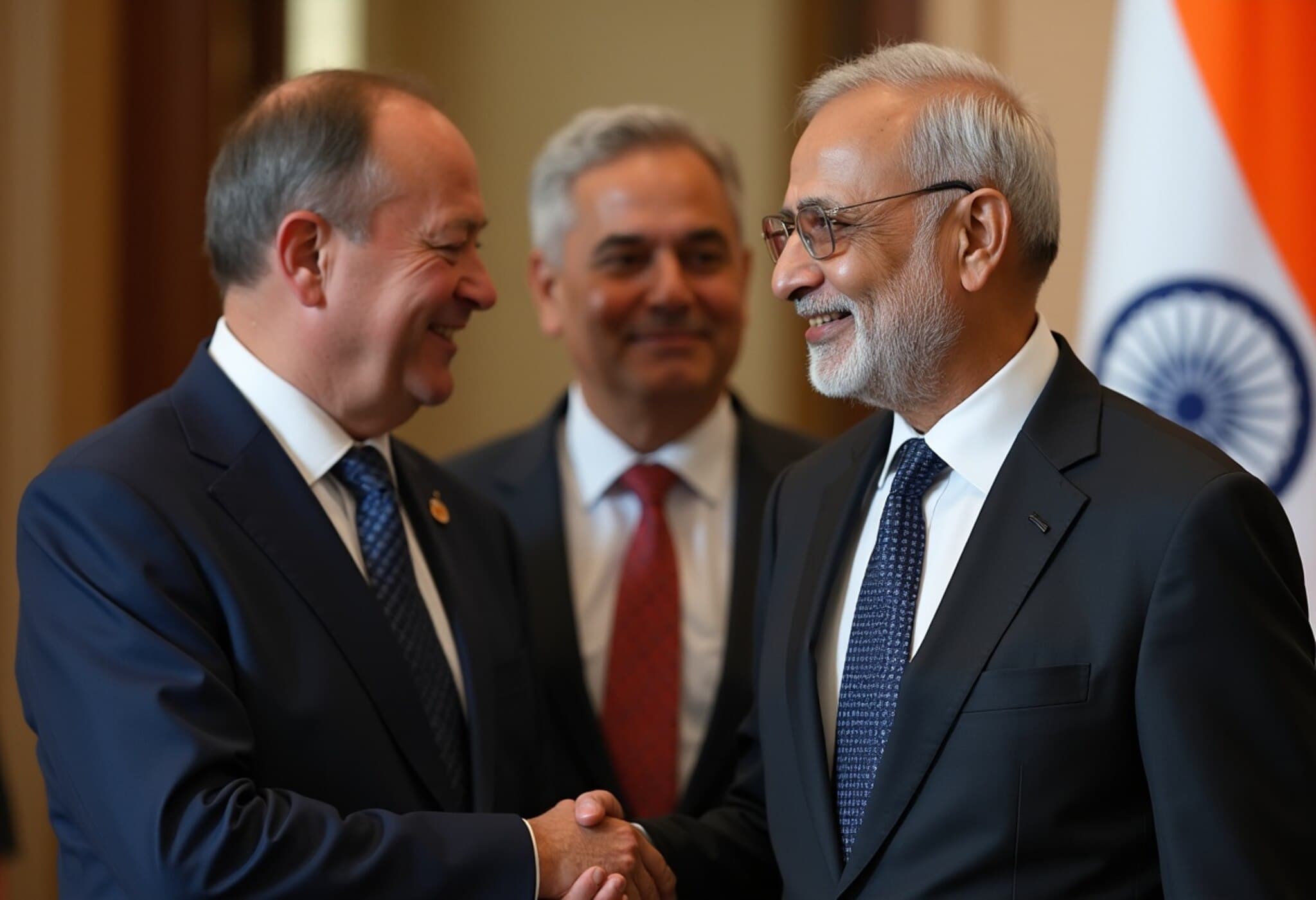Ukraine Flags Indian-Made Components in Russian Military Drones
In a complex twist amid the ongoing Ukraine conflict, Ukraine has formally raised concerns with the Indian government and the European Union regarding the presence of Indian-made or assembled electronic parts found in Iranian-designed Shahed-136 drones used by Russian forces. This development underscores the intricate challenges surrounding global supply chains, dual-use technology regulations, and geopolitical sensitivities.
Diplomatic Channels Engaged Over Sensitive Findings
According to reliable sources cited by the Hindustan Times, Ukraine has engaged India's Ministry of External Affairs (MEA) through diplomatic communications at least twice since 2024, alerting them about these components found in the drones deployed by Russia in its military operations across Ukraine. The issue was further broached with David O’Sullivan, the European Union's sanctions envoy, during his New Delhi visit in July 2025. The EU visit aimed to discuss an expanded sanctions program targeting Russian-linked enterprises, including the Vadinar refinery, amid tensions over supply chains feeding the Russian war effort.
Tracing the Components: Vishay Intertechnology and Aura Semiconductor
Investigations by Ukrainian agencies identified components sourced from two companies:
- Vishay Intertechnology: An American semiconductor manufacturer. A specific bridge rectifier, assembled in India, was found within the drone’s voltage regulation system.
- Aura Semiconductor: Based in Bengaluru, India, a chip integral to the satellite navigation antenna was discovered within the drone systems.
The use of Indian-assembled parts in Iranian drones underscores the dual-use nature of many electronic components—technologies that serve both civilian and military applications, complicating export control and regulation efforts.
India’s Legal Framework and Export Controls
Responding to these revelations, Randhir Jaiswal, spokesperson for the Ministry of External Affairs, emphasized India's adherence to international non-proliferation norms and the existence of a stringent domestic regulatory framework governing exports. "India thoroughly vets all exports of dual-use items to ensure compliance with national laws and international treaties," Jaiswal stated, reaffirming the government's commitment to responsible trade practices.
Industry Responses and Compliance Challenges
Neither Vishay Intertechnology nor Aura Semiconductor have publicly violated Indian export laws, according to statements and sources. Aura Semiconductor’s co-founder, Kishore Ganti, expressed deep concern over potential unauthorized use of the firm’s components. “We are committed to investigating any breaches of our compliance policies and distribution channels to prevent misuse,” Ganti said, highlighting the challenges companies face in global supply chain oversight amid geopolitical conflict.
Broader Implications: The Complexity of Dual-Use Technologies
This case illuminates a broader dilemma confronting nations worldwide: how to balance scientific and technological innovation with preventing inadvertent assistance to military conflicts. India, as one of the fastest-growing electronics manufacturing hubs globally, finds itself at the crossroads where export trustworthiness, international relations, and national interests intersect.
Experts note that while companies comply with export regulations, tracking components through international manufacturing and distribution networks remains a demanding task. The situation calls for enhanced collaboration between governments, manufacturers, and international bodies to tighten supply chain transparency and prevent misuse.
Editor’s Note
The discovery of Indian-made components in drones used by Russian forces raises critical questions about the regulation of dual-use technologies in an interconnected world. It challenges policymakers to rethink export controls and cross-border cooperation in tracking the end-use of technological products. For India, this moment is a call to reinforce compliance mechanisms and engage diplomatically with allies and partners to navigate the fine line between fostering industrial growth and safeguarding global peace and security.
As the conflict in Ukraine continues to redefine geopolitical alliances and trade patterns, this episode serves as a reminder of the unseen ripple effects of global supply chains—and how technology, trade, and diplomacy are inseparably linked in the 21st century.


